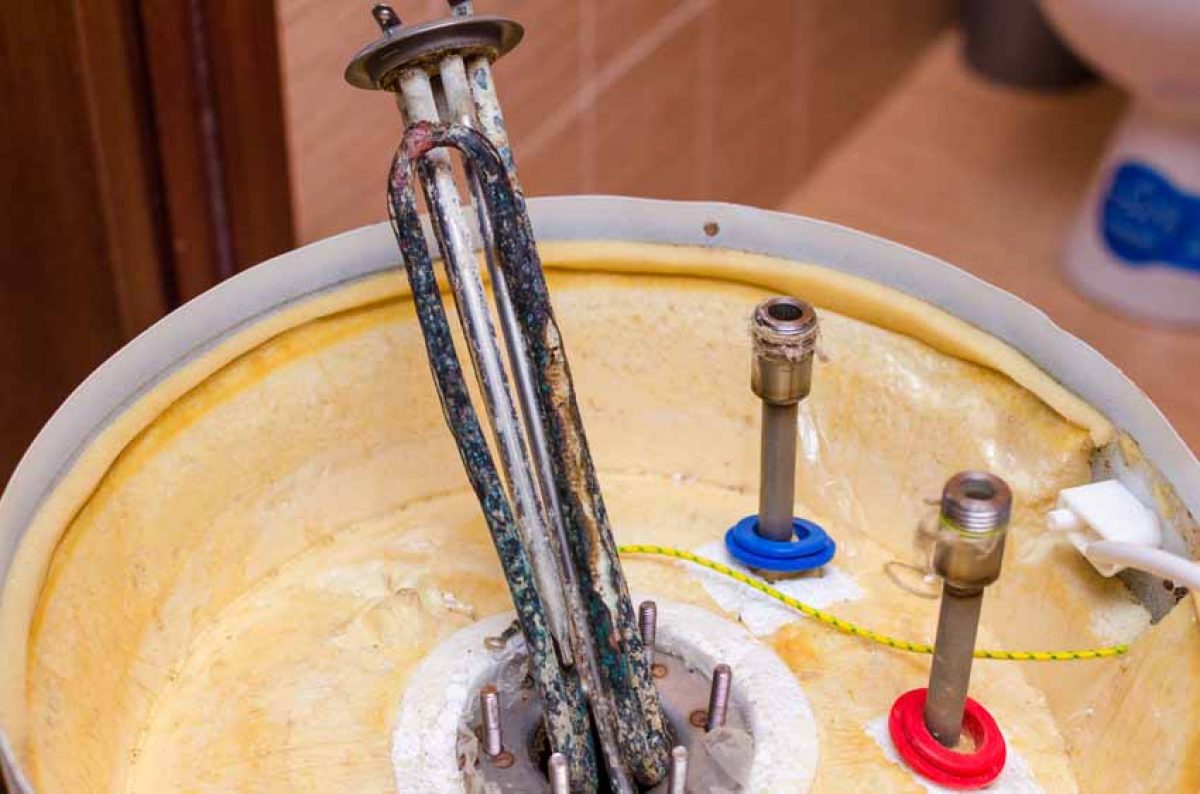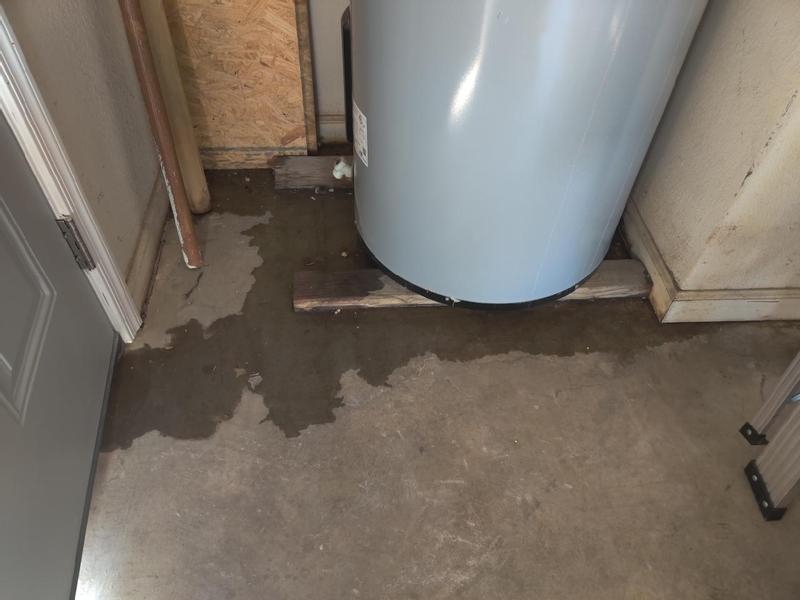Essential Actions for Residential Property Owners Dealing with Faulty Hot Water Systems
Essential Actions for Residential Property Owners Dealing with Faulty Hot Water Systems
Blog Article
How do you actually feel with regards to How to Avoid a Broken Hot Water Heater?

Whether it is situated in the cellar or a separate space, busted water heating systems can create stress. Having no warm water supply is also frustrating.
Shut Off Power Source
Prior to calling the plumber, shut down a gas water heater by turning the temperature level dial. This is usually found on top of the thermostat. If you have a model that runs on electric power, switch off the circuit breaker. This will avoid electrocution, particularly if there is a leak as water is a conductor. Commonly, the burner shuts down when the water strikes a details temperature. With a damaged tank, it might malfunction. Sufficing off guarantees you stay safe.
Cut Off the Cold Water Supply
Cut off the tanks tap water supply from the source. When your storage tank is in excellent condition, the chilly water quits filling up when the container is complete. If you can not locate it or reach it, you must turn off that primary water supply line outside your residential or commercial property.
Call the Plumber
After doing the very first two safety and security actions, you should call your plumber to find right away to take care of a ruptured hot water heater. Nonetheless, keep in mind that your device will certainly not just conk out drastically overnight. There are usually signs that your aging water heater has sediment accumulation in the interior. Bear in mind of the following:
Do not wait for significant flooding to call the plumber. Already, you will certainly have to spend more to restore your residential property. Rather, as quickly as you find these indicators, have an expert come to check your hot water heater give thanks to. Usually, hot water heater have a lifespan of about 8 to 12 years. With normal inspection as well as upkeep, you can lengthen its life.
Tidy up Home
After calling the plumber, file damage by taking notes and images so you can assert your homeowner's insurance policy. Get rid of any kind of standing water to prevent mold and mildew as well as mildew development. If you have a submersible water pump, utilize that to drain pipes the water.
Bear in mind, if you see any issues with your water heater, call the pros right away. You can not take this problem lightly due to the fact that a faulty thermostat can elevate water temp to a precariously high degree, leading to unintended burns.
Whether it is located in the cellar or a different space, broken water heaters can trigger anxiety. Before calling the plumber, shut off a gas water heating system by turning the temperature level dial. After doing the first two safety and security steps, you have to call your plumber to come right away to repair a burst water heating system. If you have a submersible water pump, use that to drain the water. Remember, if you notice any kind of concerns with your water heating system, call the pros right away.
8 REASONS YOUR HOT WATER HEATER IS NOT WORKING & HOW TO FIX
Water Heater Problems & Solutions
Loose or Damaged In-Line Valve
Unlike a water leak near the bottom of your water tank, a water leak on top of your system can be easily fixed. A common cause of water tank leaks includes a loose in-line valve. This is a handle that is located at the top of the water tank that is engineered to activate or deactivate the flow of water. To fix this problem, you will need to secure the nut that holds the ball or in-line valve in its location. If the leak becomes more severe once it is tightened, you will be required to travel to your local hardware store to purchase a new in-line valve for your water heater.
Damaged Pressure Relief Valve
Most types of water heaters are equipped with a pressure relief valve that is engineered to discharge pressure from the water tank when it becomes too high. If this valve on top of your water heater begins to leak, we recommend purchasing a new one online or from your local store. The process of removing and replacing pressure relief valves is not complicated.
No Warm Water
If you have an electric water heater in your home, the most typical cause of a lack of warm water is a broken heating element. Your water heater is equipped with two heating elements that are tasked with heating incoming water in the water tank. Once a heating element begins to malfunction, you will have little to no hot water to use for showering, cleaning, and laundry.
Low Supply of Hot Water
Are you continuously running out of warm water? This issue may be a byproduct of a cracked dip tube. This tube is engineered to push cold water to the base of your water tank to be heated. Once a crack or hole begins to form in the dip tube, the incoming supply of cold water may be released near the top or middle of your tank. As a result, the cold water on top of the tank will be sent to the faucets and showers in your house. This hot water heater problem can only be fixed by replacing the dip tube on your system. Since the process of installing a new dip tube is complex, we recommend calling a certified technician for help.
A low supply of warm water may also be a signal of excess sediment buildup in your water tank. As your water heater reaches the middle of its life cycle, minerals in water including magnesium and calcium will begin to collect at the base of the water tank. As the minerals continue to grow, there will be less room in the water tank to store hot water. To resolve this problem, flush your water heater to remove the excess minerals.
Water is Too Warm or Cold
If the water in your shower feels uncomfortable hot or cold, you can adjust the temperature of your water by changing the settings on your thermostat. Setting the temperature to 120 degrees Fahrenheit may help you save money on your utility bills. This is an excellent temperature to use if you’re worried about scalding or skin irritation. Does this temperature feel too cold? You may also adjust the thermostat to 140 degrees Fahrenheit to make your showers more pleasant. If your hot water heater is not working when you change the temperature, this is an indicator of a broken thermostat. Immediately find a certified plumbing or heating contractor in your area to repair or replace your thermostat.
Low Water Pressure
Low water pressure is not always caused by a malfunctioning water heater. If you live in an older home with smaller water pipes, the flow of water will be restricted prior to reaching our kitchen or bathroom skins. The only way to eliminate this hot water heater problem is to connect new ¾-inch water lines to your system. Another type of problem that may negatively impact your water pressure includes calcium deposits in water pipes.
As magnesium and calcium begin to form in your pipes, the diameter of your water lines will become smaller. As a result, the warm water from your water heater will not be able to travel in an efficient manner to your sinks or appliances. Since the process of replacing water pipes includes removing drywall, an average homeowner that does not have a plumbing license will not be able to fix this hot water heater problem.
https://www.wmhendersoninc.com/blog/8-reasons-your-water-heater-is-not-working-how-to-fix/

We were shown that editorial about Broken Water Heaters through a friend on our other web address. Are you aware of somebody who is fascinated about the niche? Feel free to promote it. We love reading our article about Water Heater Repair.
Trusted, top-tier plumbing response. Report this page